Testing AI to Measure Overall PPC Impact for Lovehoney
Kinase collaborated with Lovehoney's digital attribution partner to propel Lovehoney forward as the leading global brand for sexual happiness.
Challenge
To grow revenue by using Lovehoney’s data in a more intelligent way.
Solution
We partnered with Lovehoney’s digital attribution partner to optimise paid search to multitouch data-driven attribution using their AI-powered Cubed solution. This offers considerably more touchpoints than those available in Google Ads or Google Analytics. The model incorporated standard user data such as device, location, time, and so on, as well as rich on-site performance data such as dwell time, page depth and basket behaviour to provide a superior model to that available through competing tech.
Because the Cubed model operated across many touchpoints and all channels, it allowed us to focus in on search terms and targeting that drives the most incremental value to the business.
We used a tool developed by Skai called Impact Navigator to conduct a robust geo-split test. This used historic data to determine two comparable (99% correlation) location groups, and measure the impact of bidding to the Cubed revenue data vs last non-direct click data at an overall business level.
Using the location data, we split the UK into three; two groups of comparable locations (A and B) and a third group of outlier locations (C) not suitable for the test.
London was the only location specifically excluded from the test, all other areas were assigned to group A or B, while group C targeted the entirety of the UK with location exclusions for the test areas, covering London as well as any cracks between targeted areas. This third group made up approximately 20% of UK volume, while the other two accounted for around 40% each.
We triplicated our existing campaign structure, implementing the location targeting changes outlined above to create the 3 groups of the test. We adjusted the conversion action for the test group of campaigns to use the imported Cubed data as the conversion value to optimise towards. We put each campaign group in its own target-ROAS bidding portfolio, with a 10% lower target for the test group as we were initially seeing around 90% of the revenue tracked in GA through Cubed (when optimising towards GA revenue).
Results
The test segment drove an additional £59,548 revenue (total GA) over a four week period compared to our control segment, exceeding our initial target of £50k. We saw this revenue gap improve the longer we ran the test.
On a granular level, spend was moved and assumptions based on Google Ads last click data were disrupted.
For example, product categories such as Essentials & Better Sex, Bondage, Lingerie and Sex Toys saw reallocated spend levels. Cubed data also challenged some core beliefs around strategies such as bidding on Lovehoney’s competitors and upper funnel query terms, both of which Cubed data values less than Google. Meanwhile Cubed sees more value in seasonal (Halloween, advent calendar etc) terms, and lingerie.

